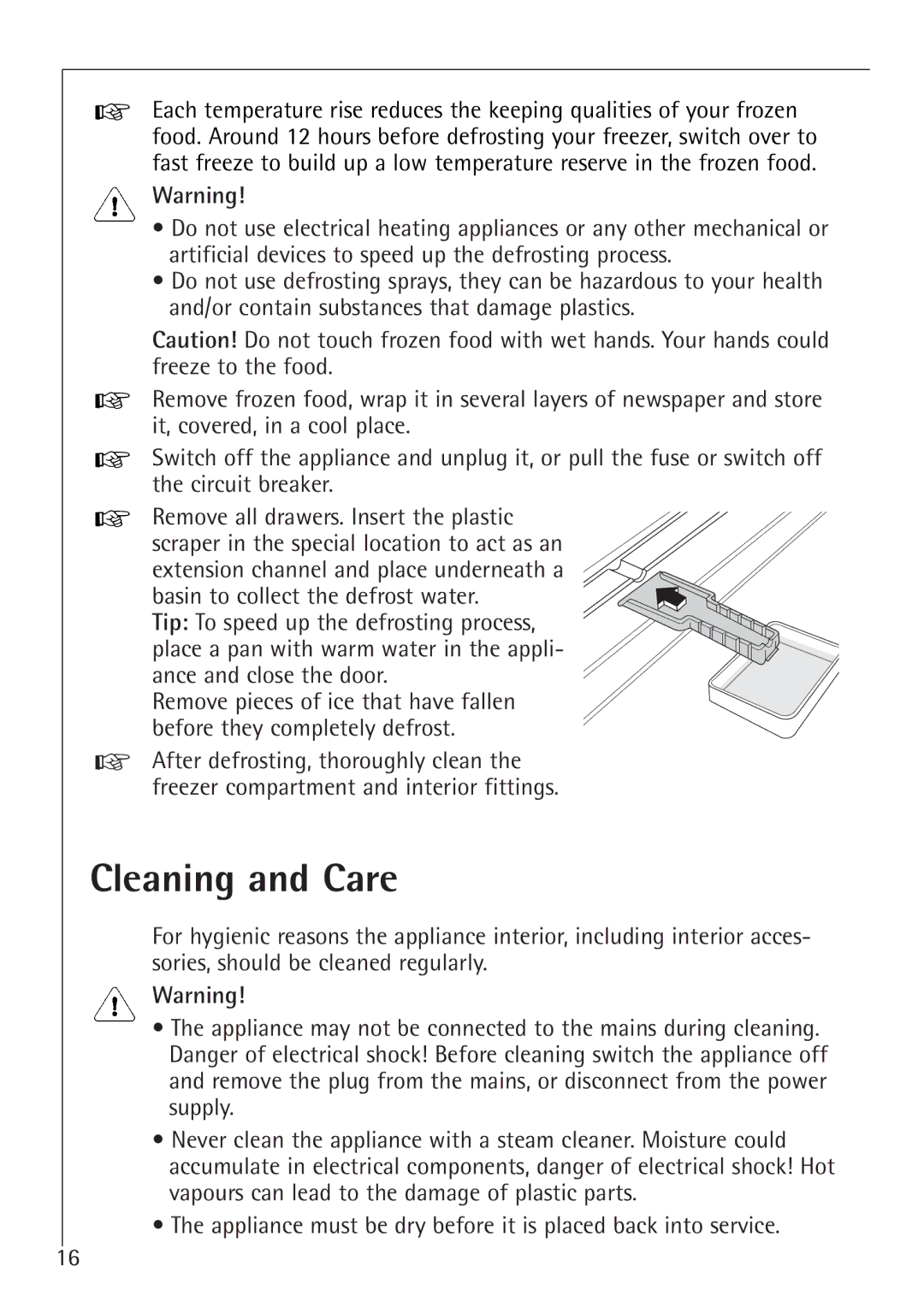1050-4 GS specifications
The Electrolux 1050-4 GS is a standout model in the world of kitchen appliances, especially in the realm of gas cookers. Designed for those who prioritize performance, efficiency, and elegance, this cooker offers a rich blend of features that cater to every culinary need.One of the main features of the Electrolux 1050-4 GS is its powerful gas burners. Equipped with four high-efficiency gas burners, this model provides a variety of heat outputs, making it suitable for cooking delicate sauces as well as for boiling water quickly. Each burner is designed to deliver consistent heat distribution, allowing for better control over the cooking process.
Another noteworthy characteristic is the integrated electric oven, which complements the gas burners perfectly. The oven boasts multiple cooking modes, including conventional heat, grill, and fan-assisted cooking options. With an easy-to-read digital display, users can effortlessly monitor and adjust cooking times and temperatures to achieve their desired results.
Safety is a key aspect of the Electrolux 1050-4 GS. It comes equipped with an innovative flame failure safety device that automatically shuts off the gas supply if the flame goes out, providing peace of mind during cooking sessions. The oven's door is designed with triple glazing, effectively insulating heat and reducing the risk of burns, making it safe even for families with small children.
In addition to performance and safety, the design of the Electrolux 1050-4 GS is sleek and modern. Its stainless-steel finish not only adds a touch of sophistication to any kitchen but is also easy to clean. The cooker's well-thought-out layout provides ample workspace, ensuring that home cooks can prepare meals efficiently without feeling cramped.
Moreover, the Electrolux 1050-4 GS is designed with energy efficiency in mind. The gas burners and electric oven are optimized to provide high performance while minimizing energy consumption, thus supporting environmentally-conscious cooking practices.
Overall, the Electrolux 1050-4 GS combines style, safety, and efficiency, making it an invaluable addition to both amateur and professional kitchens. Whether whipping up a family dinner or exploring complex recipes, this gas cooker proves to be a reliable partner in culinary adventures. With its array of features and commitment to quality, it is no wonder that the Electrolux 1050-4 GS is a preferred choice for many cooking enthusiasts.

